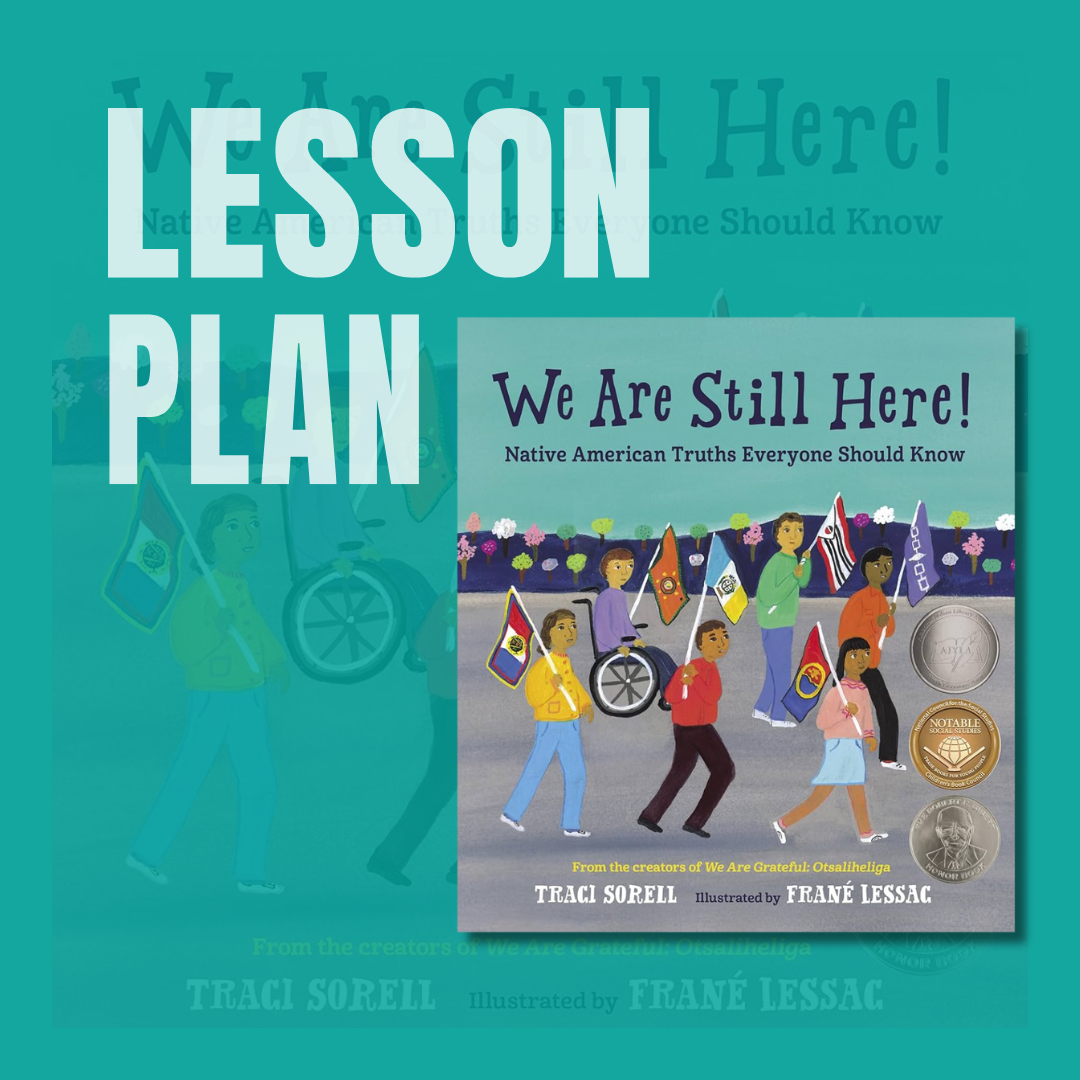
Lesson Plans for Every Classroom
What are you looking for today?

Bridging Past and Present: Lessons from Native American Heritage Month
Native American Heritage Month is celebrated and commemorated every year during November. The purpose of this dedicated month is not only for Indigenous peoples to celebrate their history, culture, heritage and traditions. Native American History Month is also a time to educate others about tribal nations and recognize the history, accomplishments and contributions of Native people. This lesson provides an opportunity for students to learn more about Native American Heritage Month, reflect on past and current day issues facing Native American people, analyze the evolution of language used to describe Indigenous peoples and consider different ideas about how to commemorate the month and beyond.

Indigenous Peoples’ Day
Indigenous Peoples’ Day was first proposed by Indigenous people at a 1977 United Nations conference. Their goal in proposing this day was to prevent bias and discrimination against Indigenous people and also to counter the inaccurate story that Christopher Columbus “discovered” the Americas. Many states, by law and proclamation, officially celebrate Indigenous Peoples’ Day. And yet, many people don’t know much about the history, cultures, heritages and traditions of Indigenous peoples. This lesson plan provides an opportunity for students to learn what Indigenous Peoples’ Day is, understand the holiday’s history and explore various aspects of Indigenous people.

What is LGBTQIA+ History Month?
LGBTQ+ History Month is commemorated every year in October and was created in 1994 by Rodney Wilson, a gay high school history teacher in Missouri. Wilson believed that a month should be dedicated to the celebration of gay and lesbian history. October was chosen to coincide with other existing traditions in October, such as Coming Out Day on October 11 and the first March on Washington for Lesbian and Gay Rights on October 14, 1979. This lesson provides an opportunity for students to learn more about LGBTQ+ History Month and its origins, reflect on aspects of LGBTQ+ history to explore and identify one aspect of LGBTQ+ history to research in more depth.
